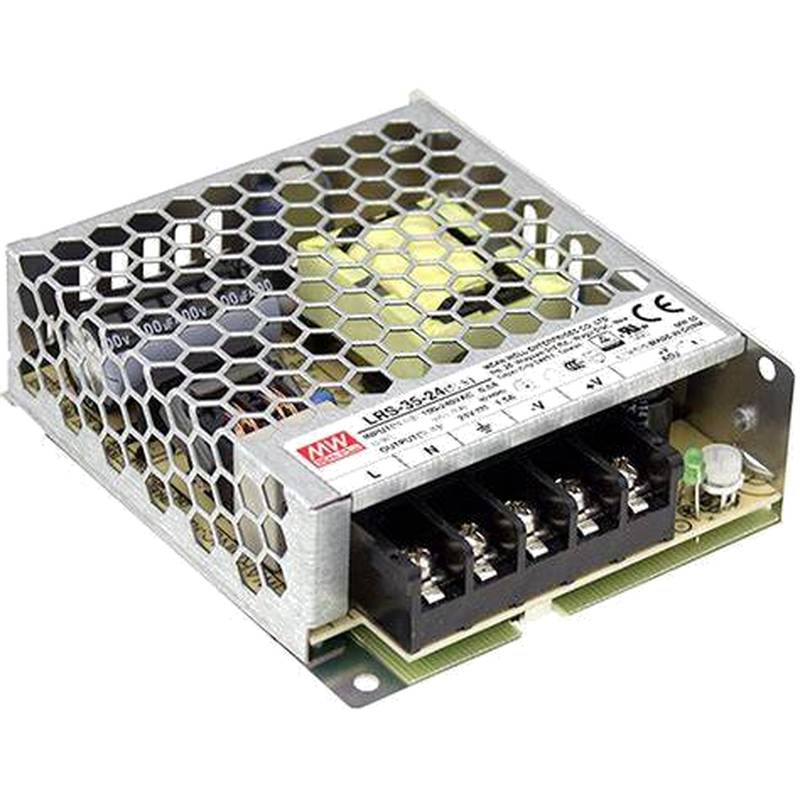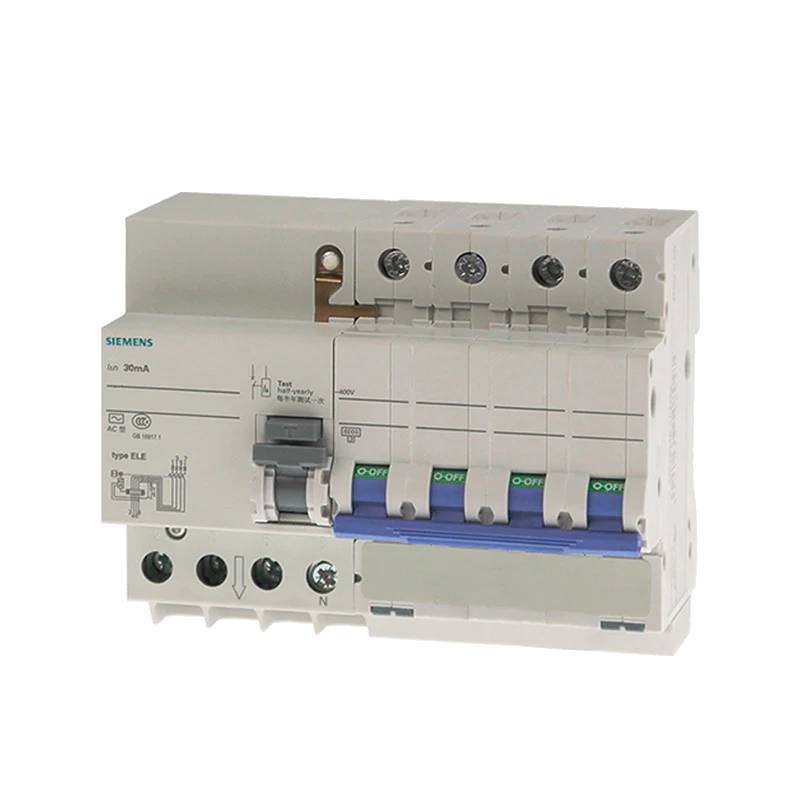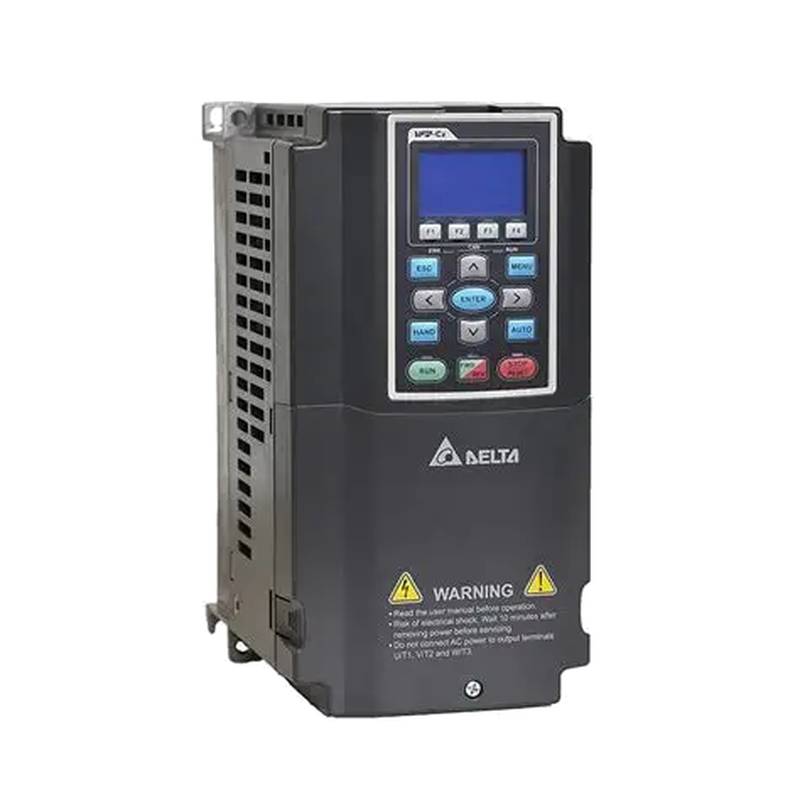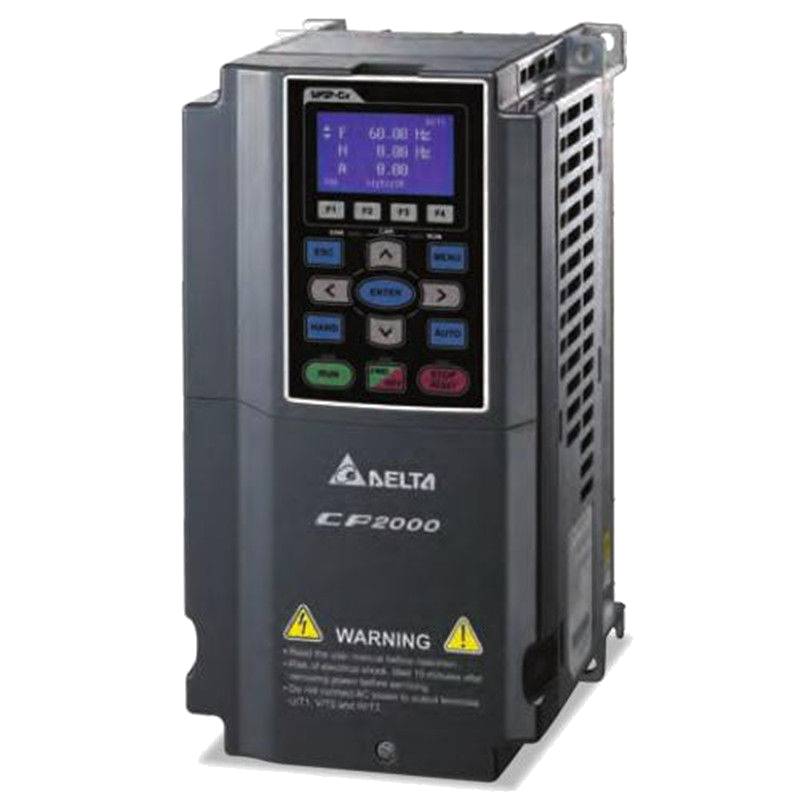
The MEAN WELL LRS-150-24 switching power supply is a robust 156W, 24V solution designed for demanding industrial applications, offering a reliable 6.5A output. Its key advantages include high efficiency, compact design, and comprehensive protection features, making it a preferred choice for communication equipment and automation systems. Critical technical parameters include an input voltage range of 85-264VAC, a low ripple and noise of ≤150mVp-p, and an operating temperature range of -25 to +70°C. The unit boasts a Mean Time Between Failures (MTBF) of over 230,000 hours, underscoring its exceptional reliability.
Product Specifications
| Parameter | Value |
| :------------------ | :------------------------------------ |
| Output Voltage | 24V DC |
| Rated Current | 6.5A |
| Rated Power | 156W |
| Input Voltage Range | 85-264VAC (47-63Hz), 120-370VDC |
| Efficiency | 88% |
| Ripple & Noise | ≤150mVp-p |
| Operating Temp. | -25°C to +70°C |
| Dimensions (LxWxH) | 159mm x 97mm x 30mm |
| Protection | Short circuit, Overload, Over voltage |
| Certifications | UL, TUV, CB, CE |
Core Features & Market Positioning
The MEAN WELL LRS-150-24 distinguishes itself through its high reliability and cost-effectiveness, positioning it as a leading component in industrial power solutions. Its design prioritizes user safety and system longevity, incorporating robust protection against short circuits, overloads, and over-voltage conditions. The power supply's energy efficiency of 88% contributes to reduced operational costs and environmental impact. Furthermore, its compliance with international safety standards such as UL, TUV, CB, and CE signifies its suitability for a wide array of global markets and applications. This combination of performance, safety, and affordability makes the LRS-150-24 a competitive offering in the industrial switching power supply market.
Key Application Scenarios
This versatile 24V switching power supply is ideally suited for a broad spectrum of industrial automation and communication equipment. It is frequently integrated into systems requiring stable and continuous power, such as Programmable Logic Controllers (PLCs), Human-Machine Interfaces (HMIs), and various sensor networks. Its robust performance also makes it an excellent choice for LED lighting systems, industrial control panels, and telecommunications infrastructure where consistent voltage and current are paramount. The LRS-150-24’s compact footprint and wide operating temperature range further enhance its applicability in confined spaces and challenging environmental conditions common in manufacturing plants and outdoor communication enclosures.
Practical System Integration Guidance
Integrating the MEAN WELL LRS-150-24 into industrial systems is straightforward due to its standard mounting dimensions and accessible terminal blocks. Ensure proper ventilation around the unit to maintain optimal operating temperatures, as the enclosure is convection-cooled. When connecting loads, adhere to the specified polarity for the DC output terminals. For AC input, connect to a stable mains supply within the 85-264VAC range. It is crucial to ground the chassis of the power supply for safety and electromagnetic compatibility. Verify that the total current drawn by the connected devices does not exceed the LRS-150-24’s 6.5A rating to prevent overload conditions.
Operation and Risk Mitigation
Safe operation of the MEAN WELL LRS-150-24 requires adherence to electrical safety standards. Always disconnect AC power before performing any wiring or maintenance. The unit is designed for internal use within equipment and should not be operated in environments with excessive dust, moisture, or corrosive gases. Overload protection is built-in, but continuous operation at maximum load can reduce the lifespan of the power supply; ensure the load is within the rated 156W. In the unlikely event of an over-voltage fault, the power supply will shut down to protect connected equipment. Proper installation, including secure wiring and adequate grounding, significantly mitigates risks associated with electrical faults.
Scalability & Long-Term Value
The MEAN WELL LRS-150-24 offers excellent long-term value through its robust design and Mean Time Between Failures (MTBF) exceeding 230,000 hours. While this specific model is a fixed output unit, scalability within a system can be achieved by utilizing multiple LRS-150-24 units in parallel for increased current capacity, provided proper current sharing is managed. Its compatibility with standard industrial control platforms and communication protocols ensures seamless integration into existing or future IIoT (Industrial Internet of Things) solutions. The inherent reliability minimizes downtime, contributing to overall operational efficiency and reducing the total cost of ownership over the product's extended lifecycle.
FAQs
1. What are the main advantages of the MEAN WELL LRS-150-24?
This power supply offers high efficiency and a compact form factor. It provides a stable 24V output suitable for many industrial needs. Its robust protection features enhance system safety and reliability.
It boasts a long operational life with a high MTBF rating. The unit is also designed for easy integration into various industrial setups.
The LRS-150-24 adheres to key international safety certifications, ensuring broad market acceptance and compliance.
2. How do I correctly wire the MEAN WELL LRS-150-24 for AC input?
Connect the AC input terminals to a stable mains voltage source between 85-264VAC. Use appropriate gauge wires rated for the expected current. Ensure secure connections at the terminal block to prevent loose contacts.
The LRS-150-24 accepts both 50Hz and 60Hz frequencies. Verify your local power grid frequency matches the unit's operating range.
Always follow electrical safety practices and local wiring codes during installation. Double-check polarity and connections before applying AC power.
3. What is the maximum ambient temperature for operating the LRS-150-24?
The power supply can operate reliably in ambient temperatures ranging from -25°C to +70°C. This wide range makes it suitable for diverse environmental conditions.
However, derating may be necessary if operating at the higher end of this temperature range, especially if ventilation is limited. Consult the datasheet for specific derating curves.
Ensuring adequate airflow around the unit is critical to prevent overheating and maintain performance and longevity.
4. Can I use the LRS-150-24 for applications requiring more than 6.5A?
No, the LRS-150-24 is rated for a maximum output current of 6.5A. Exceeding this limit will trigger overload protection and potentially damage the unit or connected equipment.
For higher current requirements, you should consider a higher-wattage MEAN WELL power supply or use multiple LRS-150-24 units in parallel with appropriate load sharing.
Always select a power supply with a capacity that comfortably exceeds the maximum expected load to ensure reliability and extend service life.
5. What kind of protection features does the LRS-150-24 include?
The LRS-150-24 is equipped with comprehensive protection against short circuits, overloads, and over-voltage conditions. These features safeguard both the power supply and the connected loads.
Short circuit protection typically involves a hiccup mode or constant current limiting. Overload protection helps prevent damage from excessive power draw.
Over-voltage protection acts as a final safeguard, shutting down the output if the voltage exceeds safe limits.
6. Is the LRS-150-24 suitable for outdoor communication equipment?
Yes, its wide operating temperature range and robust design make it suitable for many outdoor applications. However, it must be housed in an appropriately rated enclosure to protect it from moisture and environmental contaminants.
The enclosure should also allow for sufficient ventilation to maintain optimal operating temperatures in varying outdoor conditions.
Ensure the power supply and its enclosure meet all relevant environmental and safety standards for outdoor installation.
7. What is the ripple and noise specification for the LRS-150-24?
The ripple and noise for the LRS-150-24 are specified as ≤150mVp-p. This low level of unwanted AC signal on the DC output is crucial for sensitive electronic devices.
This specification is typically measured under full load conditions using a specific bandwidth and measurement circuit.
Lower ripple and noise contribute to more stable system operation and can prevent malfunctions in sensitive communication or control equipment.
8. How do I connect multiple LRS-150-24 units in parallel?
Connecting units in parallel requires careful consideration of current sharing. While possible, it's often recommended to use a single, higher-capacity power supply if available.
If paralleling, ensure the voltage outputs are closely matched and use appropriate balancing resistors or diodes if required by the application's criticality.
Always consult the manufacturer's application notes or an experienced engineer for guidance on parallel operation to ensure safety and performance.
9. What certifications does the MEAN WELL LRS-150-24 hold?
The LRS-150-24 typically holds certifications such as UL, TUV, CB, and CE. These attest to its compliance with international safety and performance standards.
These certifications are essential for market access and ensure the product meets rigorous quality and safety requirements for industrial use.
Always verify the specific certifications listed on the product label or datasheet for the exact model you are purchasing.
10. What is the Mean Time Between Failures (MTBF) for this power supply?
The LRS-150-24 has a Mean Time Between Failures (MTBF) rating exceeding 230,000 hours. This indicates a very high level of reliability and expected longevity.
This MTBF is a calculated statistical measure based on component reliability data and accelerated life testing. It represents the average time expected between failures under specific operating conditions.
A high MTBF is crucial for industrial applications where downtime can be extremely costly, signifying the LRS-150-24's suitability for critical systems.

























